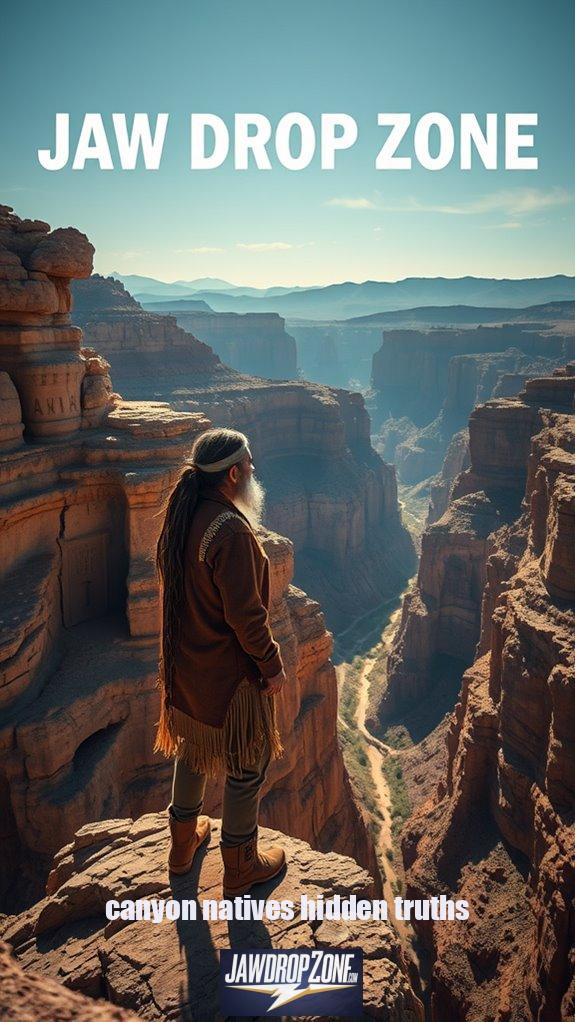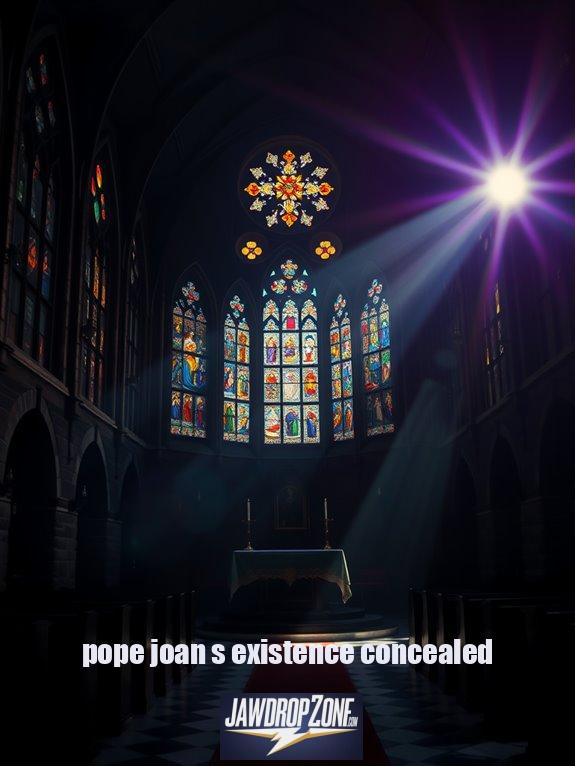Have you ever gazed at the stunning expanse of the Grand Canyon and thought about the stories hidden beneath its layers? For over 4,000 years, Native tribes thrived here, only to be swept aside by European settlers in the 1800s. Shocking, right? Envision witnessing your sacred lands turned into a tourist spectacle while your culture fades into whispers. At Jaw Drop Zone, I wanted to shine a light on these buried truths. Curious to uncover more ancient secrets?
Quick Takeaways
- Indigenous tribes have faced forced relocations and treaties that diminished their lands and sovereignty since European settlers arrived in the mid-1800s.
- The Grand Canyon holds deep cultural significance for tribes like Havasupai, Hualapai, Navajo, and Hopi, who maintain sacred connections to the land.
- Federal policies aiming to support tribal self-determination began in the 1970s but have struggled to address ongoing economic and social challenges.
- Indigenous folklore, such as Havasupai and Navajo tales, reflects the cultural resilience and connection of original inhabitants to the Grand Canyon’s landscape.
- Awareness and education about the Grand Canyon’s hidden history are essential for respecting and honoring the experiences of the native cultures.
Echoes of Ancients: The Legacy of Canyon Natives

In the heart of the Grand Canyon, an astonishing 4,000 years of history whispers through the winds, carrying the stories of ancient inhabitants and their battles against time. Isn’t it mind-boggling to think that this majestic chasm has cradled human existence since before Christ walked the earth? Split twig figurines, cherished remnants of those who came before, remind us of a time when the terrain wasn’t just a breathtaking vista, but home to vibrant cultures.
In the Grand Canyon’s depths lie tales of ancient cultures, weaving a narrative of resilience that time cannot erase.
Around 200 B.C., the Ancestral Puebloans, also known as the Anasazi, staked their claim to this spectacular land. They became the predecessors of today’s Hopi people, who carry on ancient traditions and beliefs. While it’s true that the Grand Canyon is a geological marvel, it’s also a vital epicenter of Native American heritage, showcasing profound connections to the land and its resources. Can you envision living in harmony with such raw beauty, only to have your very existence threatened?
Fast forward to the mid-1800s, when European settlers rolled in like they owned the place—spoiler alert: they didn’t. Conflict and forced relocations ensued, leaving tribes grappling with shameful treaties that eroded their rights. Nearly 600 federally recognized tribes exist today, 22 of them calling Arizona home. It’s a shocking reality, isn’t it, how U.S. government actions steamrolled over sovereign lands and shattered lives?
Now, let’s talk about the Havasupai and Hualapai tribes, who still cling fiercely to their ancestral lands bordering the Grand Canyon. Their stories intertwine with those of other tribes like the Navajo and Hopi, enriching the complex cultural tapestry of this area. It’s fascinating to think that the Grand Canyon isn’t just a playground for tourists but a sacred space for these tribes, echoing their struggles and triumphs over centuries. Federal support for tribal self-determination began in the 1970s, providing some hope despite the ongoing challenges faced by these communities.
Yet, challenges persist. From economic hardship to the relentless pressure of external forces like tourism and development, Native American life is like a tightrope walk. Isn’t it infuriating when you learn that the beauty of a setting comes at such a high cost?
That’s why I created this website, Jaw Drop Zone. I wanted folks like you to peek beyond the picturesque views and discover the rich history hidden in the shadows. It’s easy to get lost in the Grand Canyon’s grandeur, but let’s not forget the ancient wisdom it holds, waiting for us to elevate our understanding.
Isn’t it time we honored those who’ve walked these lands long before us?
Indigenous Folklore and Legends

The Grand Canyon isn’t just a pretty picture; it’s a treasure trove of folklore and legends that pulse with the heartbeat of its indigenous cultures. Have you ever wondered how the majestic canyon came to be?
In Havasupai lore, two gods, Tochopa and Hokomata, released a flood that sculpted this iconic land.
And if you think you know all about floods, wait until you hear the Navajo flood tale, where ancestors morphed into fish to survive—sounds familiar, doesn’t it?
With spirits like Coyote turning foes to stone, these stories aren’t just tales; they’re a powerful legacy. In the same way that Artemisia Gentileschi’s impact has reshaped modern views on women’s narratives, these legends reveal the rich traditions and resilience of the canyon’s original inhabitants.
As I dig into these hidden truths for Jaw Drop Zone, I’m thrilled to share the richness of these narratives that deserve your respect and attention.
References
- https://news.asu.edu/20190211-discoveries-how-native-americans-view-grand-canyons-centennial-celebration
- https://www.ucsiuniversity.edu.my/sites/default/files/the-elements-of-academic-style.pdf
- https://grandcanyon.com/planning/american-indians-at-grand-canyon-past-and-present/
- https://www.astralcodexten.com/p/book-review-the-cult-of-smart
- https://www.nps.gov/cany/learn/historyculture/nativeamericans.htm
- https://www.wildwestchallenge.com/642-2/
- https://www.brycecanyoncountry.com/red-painted-faces-bryce-native-american-lore/
- https://library.nau.edu/speccoll/exhibits/indigenous_voices/hualapai/legends.html
- https://creation.com/grand-canyon-legend-havasupai-indians
- https://navajotours.com/blog/navajo-tales-and-legends-associated-with-upper-antelope-canyon/










